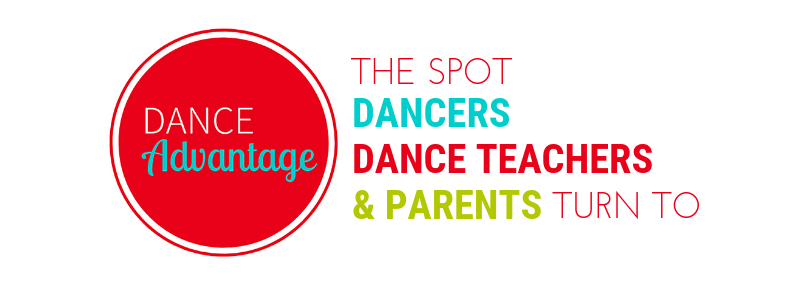This giveaway is now closed.
Our second giveaway of the day comes from The Body Series.
 The Body Series provides educational material to the dancer and dance teacher to maximize their technique while minimizing the potential for injury.
The Body Series provides educational material to the dancer and dance teacher to maximize their technique while minimizing the potential for injury.
The BodySeries.com is a natural progression of Deborah Vogel’s teaching, coaching, and medical experience. Working in New York and running a free dancer’s clinic with Dr. Richard Bachrach gave her years of practical experience putting together injuries and concerns with inefficient movement patterns.
Deborah has danced from an early age and has taught dance at the college level since the late 1970’s. “I understand the dancer’s world, with it’s unique demands, from the inside,” Deborah says, “and my goal is to give dancers and dance teachers the tools and skills they need to create change.”
When Dance Advantage arose as a platform for my thoughts on dance and teaching, I knew I wanted to spread the word about The Body Series and I’m proud to be an affiliate as well. I am quite sure, if you’ve been following Dance Advantage for any reasonable length of time, you have seen The Body Series mentioned before. I have followed Deborah’s Dancing Smart newsletter for *gulp* years now (long before she shifted her anatomy and injury Q&A to her blog).
You can subscribe to her newsletter, too. It’s free! (Just scroll down the sidebar at thebodyseries.com and enter your name and email) Discovering her work, if you haven’t before, will make you a winner already!
What we’re giving away:
Deborah would like to give away the Essential Anatomy Multimedia Course (value $149) to ONE lucky Dance Advantage reader.
Essential Anatomy is the only multimedia anatomy course that talks you through an area of the body, animating it visually, with included stretches and strengtheners to better your range of motion as well as flexibility and strength. The course comes directly from Deborah’s 22 years of experience teaching a functional anatomy course.
Dancers and dance teachers don’t need to know the name of every muscle in the body. They DO need to understand the important relationship between muscles and the alignment of the body. This is an efficient way to learn important anatomical principles and it’s easy to understand. Essential Anatomy is being used by Cecchetti USA as the required anatomy component for teacher certification.
As part of my bachelor of arts degree in dance, I took a kinesiology course. Like Essential Anatomy, the class and my textbook by Sally Fitt took me on a tour of my body, and more importantly, my dancing body. It may have been the most significant class of my college career, improving my dancing and my teaching with an affect like rippling waves; I’m still riding them. I haven’t made it through all 10 units (hours of material) on this 2-CD set but watching it is clearly accessing the essentials of Deborah’s college course right there on your computer. I picture, and I hope you can too, teachers and even students gathering to watch, learn, and discuss. The animations and video clips, plus conditioning and teaching tips make Essential Anatomy an invaluable resource for teachers and studios and it’s not nearly as heavy as my textbook!
The video below is an excerpt from the Knee Unit of Essential Anatomy:
Essential Anatomy’s video files require Quicktime, which can be downloaded for free online.
Dance studios, teachers, and students will benefit from having this learning tool on hand!
Enter to win:
Place a comment at this post, answering the question: What is the dance correction, statement, or “teacher-ism” you would most like explained anatomically?
The ever-popular “lift your leg from underneath?” Deb — and I — have both talked about that one.
Hold your arms from your back? Lift up? Get on top of your leg? We want to know!
This giveaway is open to U.S. and Canada contestants and will close Sunday, November 14.
Best wishes! I hope you win.
Nichelle Suzanne is a writer specializing in dance and online content. She is also a dance instructor with over 20 years experience teaching in dance studios, community programs, and colleges. She began Dance Advantage in 2008, equipped with a passion for movement education and an intuitive sense that a blog could bring dancers together. As a Houston-based dance writer, Nichelle covers dance performance for Dance Source Houston, Arts+Culture Texas, and other publications. She is a leader in social media within the dance community and has presented on blogging for dance organizations, including Dance/USA. Nichelle provides web consulting and writing services for dancers, dance schools and studios, and those beyond the dance world. Read Nichelle’s posts.

